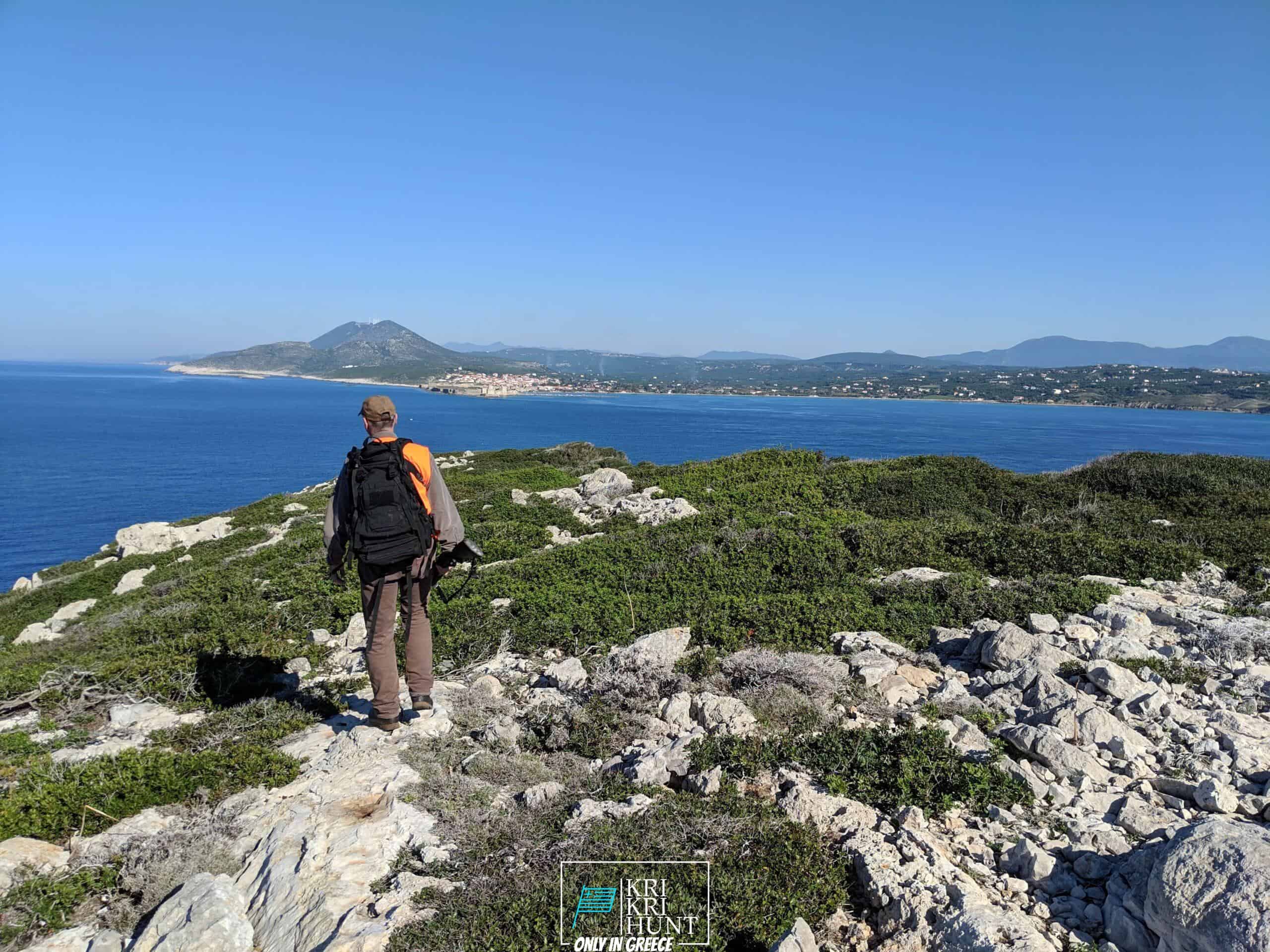
The Kri Kri ibex quest in Greece is an incredible searching getaway as well as an exciting hunting exploration all rolled into one. Hunting for Kri Kri ibex is an unpleasant experience for most of hunters, however except me! It's an incredible hunt for a lovely Kri Kri ibex on an exotic island as we tour ancient Greece, dive to shipwrecks, as well as hunt throughout five days. What else would certainly you such as?

Greece is a fantastic country for tourist, supplying various possibilities for visitors. There are numerous lovely islands to see, such as Sapientza, in addition to social experiences and also historical sites to appreciate. Greece is additionally popular for its scrumptious food and also wine. Whatever your interests might be, Greece has something to supply you.
When you arrive in the Peloponnese peninsula is the amazingly gorgeous landscape, the very first point you will certainly observe. The hills, forests, rivers, and lakes make this location a nature fan's heaven. There are additionally a lot of possibilities for treking, angling, swimming, and also various other exterior activities. The Peloponnese peninsula is not simply about its natural charm; there are also many historic and cultural sites to discover. Do not neglect additionally fishing, free-diving as well as hunting. Some of the most prominent tourist locations in the Peloponnese include ancient Olympia, Epidaurus, Mycenae, and Sparta. These destinations supply an interesting look into Greece's rich background as well as culture. If you have an interest in finding out more about Greek folklore, after that you will certainly want to see Mount Olympus, house of the 12 Olympian gods. Of course, no trip to Greece would certainly be total without attempting some of the scrumptious food. The Peloponnese peninsula is home to several of the best olive oil worldwide in addition to feta cheese, olives, honey, and also white wine. Make sure to attempt several of the local specializeds such as dolma (packed grape leaves), Souvlaki (grilled meat skewers), as well as Gyro (meat covered in pita bread).
Experience 'Real' Greece with Our Peloponnese Tours. Look no even more than our Peloponnese trips if you're looking for a genuine Greek experience. From old damages as well as castles to tasty food and red wine, we'll reveal you every little thing that this incredible area needs to offer. What are you waiting for? Schedule your trip today! Your Kri Kri ibex searching in Greece is right here!
What is the diference between Kri Kri ibex, Bezoar ibex and hybrid ibex
The kri-kri is not thought to be indigenous to Crete, most likely having been imported to the island during the time of the Minoan civilization. Nevertheless, it is found nowhere else and is therefore endemic to Crete. It was common throughout the Aegean but the peaks of the 8,000 ft (2,400 m) White Mountains of Western Crete are their last strongholds–particularly a series of almost vertical 3,000 ft (900 m) cliffs called ‘the Untrodden’—at the head of the Samaria Gorge. This mountain range, which hosts another 14 endemic animal species, is protected as a UNESCO Biosphere Reserve. In total, their range extends to the White Mountains, the Samaria National Forest and the islets of Dia, Thodorou, and Agii Pandes.
This Ibex is NOT a diminutive form of the Bezoar Ibex, which has migrated into the western-most reach of the range of this species. The kri – kri (Capra aegagrus cretica), sometimes called the Cretan goat, Agrimi, or Cretan Ibex, is a feral goat inhabiting the Eastern Mediterranean, previously considered a subspecies of wild goat. The kri-kri has a light brownish coat with a darker band around its neck. It has two horns that sweep back from the head. In the wild they are shy and avoid tourists, resting during the day. The animal can leap some distance or climb seemingly sheer cliffs.
“The agrimi goat Capra aegagrus cretica is unique to Crete and its offshore islands. It has been identi®ed as a sub-species of the wild bezoar goat Capra aegagrus aegagrus Erxleben, 1777, which it closely resembles in horn shape, body form and coloration. This classi®cation has been disputed by some researchers who claim that the agrimi are feral goats, derived from early domestic stock brought to the island by the ®rst Neolithic settlers. In order to clarify this issue, DNA analyses (cytochrome b and D loop sequences) were carried out on tissue of live and skeletonized agrimi and compared to sequences of wild and domestic caprines. Results conclusively show the agrimi to be a feral animal, that clades with domestic goats (Capra hircus) rather than with wild Asiatic bezoar. This study demonstrates that morphometric criteria do not necessarily re¯ect genetic af®nities, and that the taxonomic classi®cation of agrimi should be revised.”